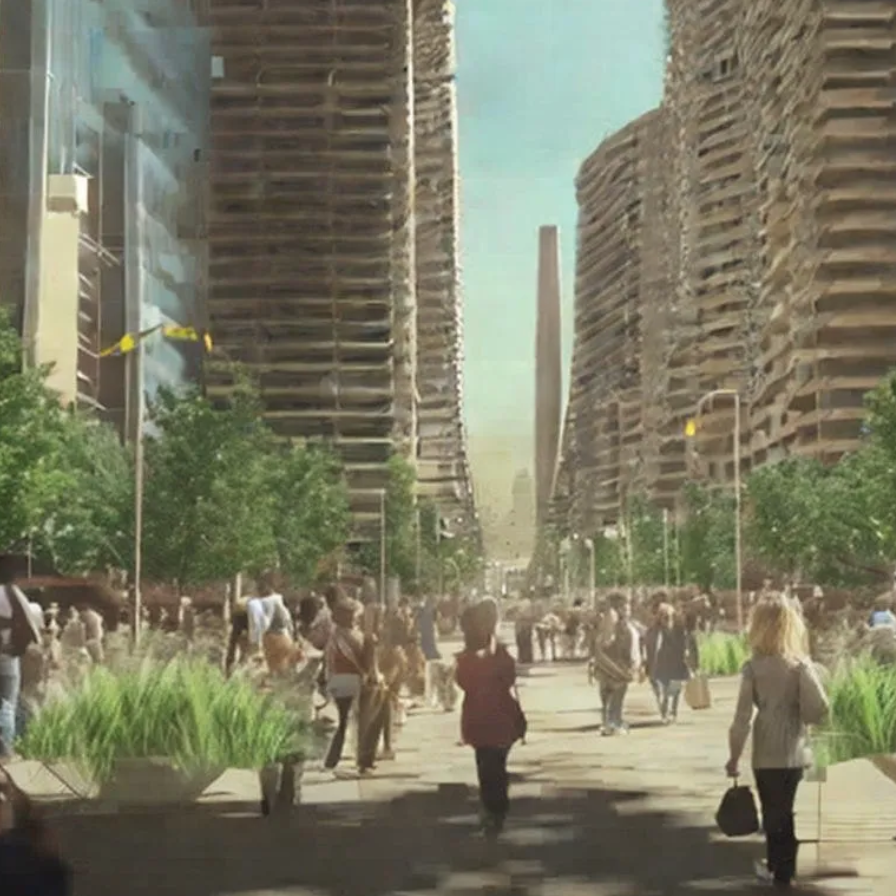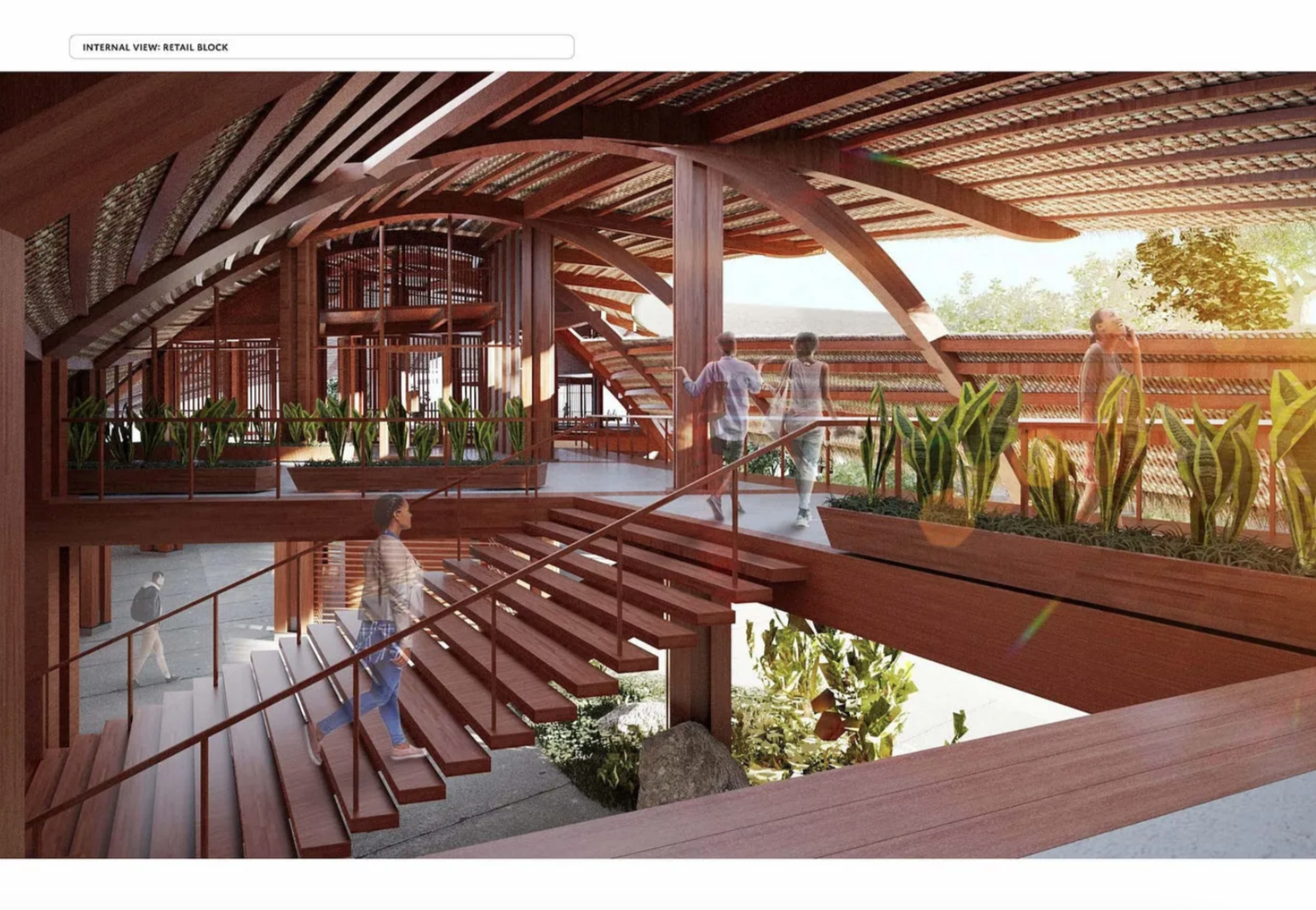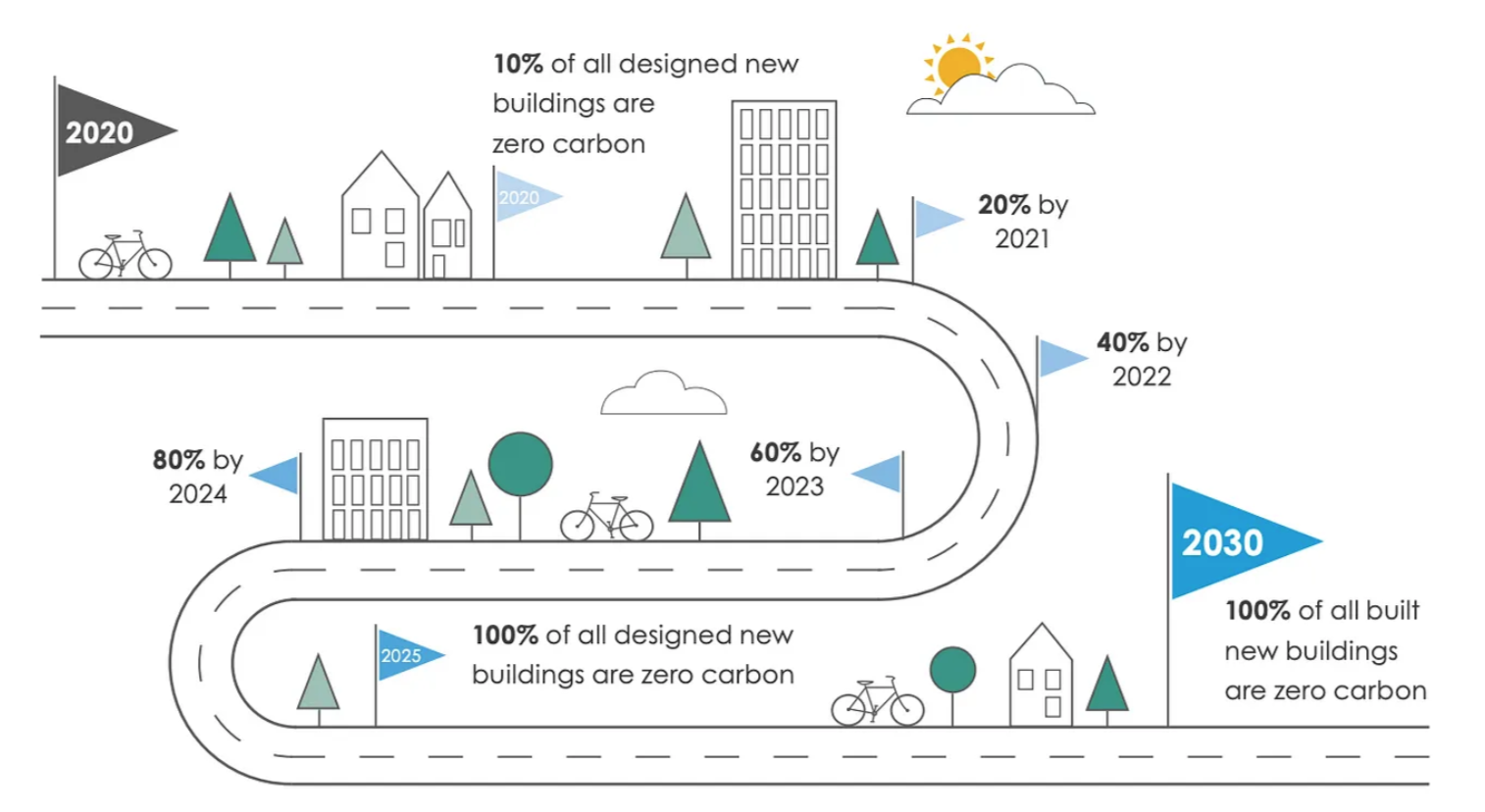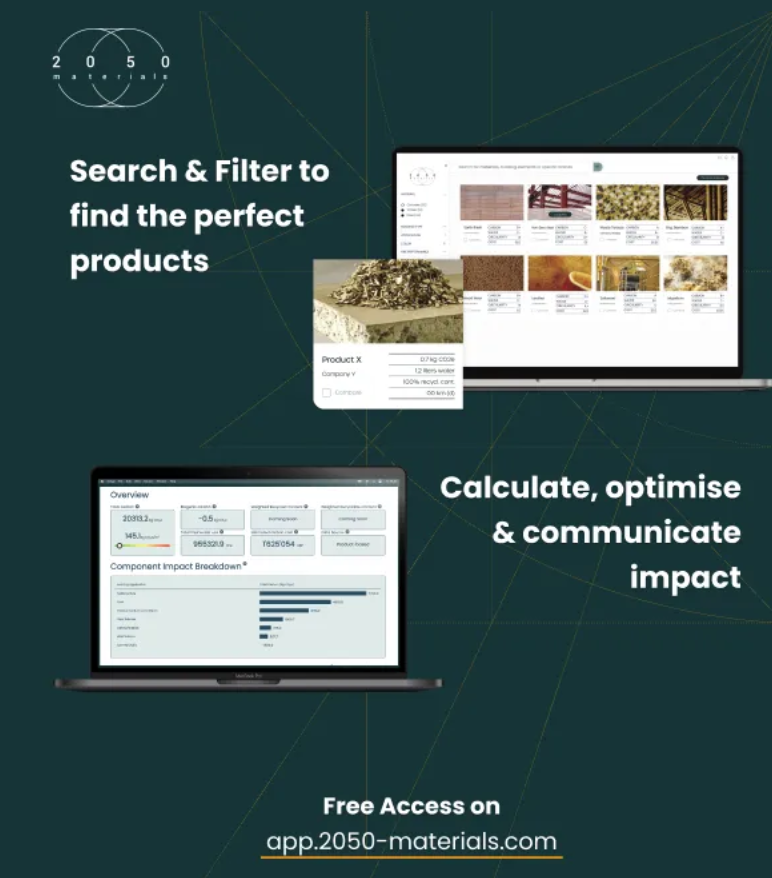Let’s talk responsibility — Developers’ role in the climate transition
Climate change is an existential threat. However, contrary to doomsayers, there’s a lot we can all do to avoid the worst from happening. If you’re working in the construction or real estate sector, your impact is disproportionately large compared to other professions.

In this first edition of “Let’s talk responsibility”, we’re going over 4 simple steps developers can follow to ensure the climate transition happens as fast as possible.
1. Seek inspiration
Looking at examples of sustainable projects similar to your own is a great way to gain inspiration and insights into how to design and build in an environmentally responsible way. Sources like Share you green design help you find high-quality, high-detail data base of green case studies from around the world .

Nnenna Itanyi — Wombos in the Desert — Mali — Share your green design
LETI and RIBA benchmarks are both important tools for developers in the construction industry as they provide guidance and set standards for sustainable design and construction practices. By using these benchmarks, developers can ensure that their buildings meet industry standards for sustainability and occupant well-being, which can help to differentiate their buildings in an increasingly competitive market while also contributing to a more sustainable built environment.
LETI benchmarks provide a set of targets and metrics for reducing the carbon emissions associated with building construction and operation. These benchmarks cover a range of areas, including energy efficiency, renewable energy, and embodied carbon, and are intended to help ensure that new buildings are designed and constructed with a focus on sustainability. By using LETI benchmarks, developers can ensure that their buildings meet or exceed industry standards for sustainability and are better positioned to meet increasingly stringent regulations related to carbon emissions.

LETI — Getting to Zero
Similarly, RIBA benchmarks provide guidance on sustainable design and construction practices, but from the perspective of building performance and occupant well-being. RIBA benchmarks cover a range of areas, including building performance, indoor environmental quality, and occupant comfort, and are designed to ensure that buildings are not only sustainable but also provide a high level of comfort and well-being for occupants. By using RIBA benchmarks, developers can ensure that their buildings are not only sustainable but also provide a high-quality user experience that promotes occupant health and well-being.
Additionally, there are certification bodies like LEED and BREEAM that offer third-party verification of sustainable design practices. The importance of LEED and BREEAM lies in their ability to promote sustainable practices that benefit both the environment and building occupants, while also providing a framework for industry professionals to measure and certify their sustainable building efforts.
2. Set project-level targets
Most developers are setting company-level climate strategies and targets, such as the Paris Agreement. However, to achieve these, developers should set project-specific targets which lead to the high-level strategies they define as organizations.
Tips to set project-specific targets
1. Ask the architect to present their strategy around designing a sustainable project.
2. Ensure the targets set follow the latest industry benchmarks around both operational and embodied impacts.
3. Set goals at RIBA stage 0.
4. Define a budget to achieve the set targets
5. Require reporting at different stages to track the progress.
3. Go beyond carbon
It’s tempting to think only about Carbon Dioxide emissions. Afterall, CO2 is the main driver of climate change. However, only focusing on carbon may make the reaching of sustainability targets harder to achieve within budget.
Here are a few things to consider when talking to architects and contractors:
- Are we using as much local materials as possible?
- What other sustainability factors will increase the project’s ROI?
- What are factors which are specific to the project’s location?
- How will the climate change in the coming 10 years in the project’s location?
- How is regulation anticipated to change in the next 10 years in the region/country we are building?
4. Measure and Benchmark
One of the most critical aspects of achieving climate-neutrality is good data. Developers need to demand that designers and contractors have a deep understanding of the environmental impact of their projects, from the materials they use to the energy consumption of the finished project.
One approach to achieving climate-neutrality is to use the life-cycle assessment (LCA) method. LCA evaluates the environmental impact of a product or service over its entire life cycle, from the extraction of raw materials to disposal at the end of its useful life. By using this approach, developers can identify the most significant environmental impacts of their projects and take steps to mitigate them.
In addition to reducing emissions, developers can also offset their impact by investing in carbon credits or supporting renewable energy projects. These actions not only help to address climate change but also demonstrate a commitment to sustainability and responsible business practices.
In conclusion, achieving climate-neutrality is a crucial goal for developers in the fight against climate change. It requires a commitment to using good data, working closely with architects and contractors, and taking a comprehensive approach to reducing emissions throughout the life cycle of each project. By taking these steps, developers can make a significant contribution to a more sustainable future.
How 2050 Materials can help
app.2050-materials offers developers a structured approach for their architects and contractors. You can find a wide range of third-party verified building products, easily searchable based on your specific project requirements, making it easier to choose sustainable products that meet certification requirements.
Using 2050 Materials’ project tool developers can create a project and track its impacts prior to construction. The aim is to empower construction professionals in designing and building in line with climate targets.

2050 Materials Library
You can know more about sorting, listing and specifying green building materials by booking a call with our team.
Sources:
Climate Emergency Design Guide | LETI
BREEAM Technical Standards — BRE Group
More interesting articles on how to achieve climate change here.
Related articles

Climate-Resilient Materials for the Built Environment: A Data-Centred Prime
As climate volatility intensifies, resilience metrics are fast becoming as critical as carbon data in material selection. This article outlines why adaptation is now a design imperative, how materials can be evaluated through a systems lens, and what KPIs project teams should demand. From self-healing concrete to fire-rated façades, we present a structured taxonomy of resilient materials, explain how to embed this intelligence into digital design workflows, and propose next steps for specification, benchmarking, and procurement.
Read more
The Most Interesting Low Carbon Products in Office Design
In this article and collection, we highlight 11 outstanding products that contribute to a lower carbon footprint in office design.
Read more
Top Low Carbon Building Boards: Performance, Benefits, and Use Cases
The building boards highlighted in this article and collection showcase low-carbon innovation in modern construction.
Read more